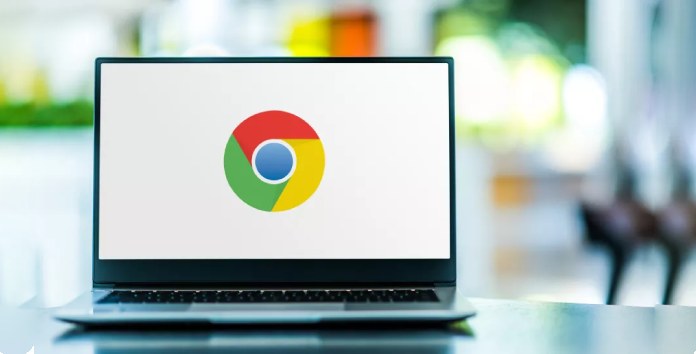Finally, a hidden setting in Chrome can prevent it from draining your laptop’s battery
Chrome’s Low-Power Mode: Chrome is still the most widely used web browser available today, for whatever reason. Since practically everyone uses it, everyone is aware of how battery-hungry it is. The more tabs and extensions you use, the worse the energy drain becomes. While we have previously attempted to assist you by providing solutions to reduce Chrome’s energy consumption, they are no longer required. Google has now introduced a formal “low power mode” option that you can activate in a single step.
According to How-To Geek, Google released Chrome 108 along with the new “Energy Saver” function. When you turn on the option, Chrome will conserve battery life by cutting back on background tasks, graphics, and frame rates. When using those three components in moderation when browsing, you’ll probably notice a change in performance. Chrome’s overall speed may be reduced, and scrolling and animations may feel jerky. But if that means I can complete a full day’s worth of work without being attached to my charger, I’ll take it.
However, given that the technology is so new, it is currently unknown how much battery Energy Saver will actually preserve. Even if it only extends my MacBook’s battery life by a few minutes, it seems worthwhile to test.
Make Chrome’s Low-Power Mode available
Update Chrome to at least version 108 as a first step. On Windows, Mac, or Linux, you may force an update by clicking the three dots in the top-right corner and selecting Help > About Google Chrome if it hasn’t already done so. After Chrome has loaded the update, click “Relaunch.”
The feature is hidden behind a feature flag, so you’ll need to look around a bit because Google hasn’t (yet) made the new option user-facing. There isn’t a clear battery-saving setting. (Google marks experimental new features as flags that are good enough for testers to try out but aren’t yet ready for the general public. Energy Saver appears to be a somewhat safe option to try, despite the company’s warning that enabling flags can mess with your browser and its data.)
Enter chrome:/flags into the address bar and press enter to play with Energy Saver. To access “Enable the battery saver mode function in the settings,” click the “Search flags” field and enter “battery” (its identifying flag is “#battery-saver-mode-available”). To restart the app, click “Default,” change the setting to “Enabled,” and then click “Relaunch.” After Chrome has restarted, go to Settings and select the new “Performance” tab to access “Energy Saver.”
You have two choices after this. Either set Energy Saver to turn on when your laptop reaches 20% battery life, or leave it on whenever your laptop is not plugged in. I already know which choice I’m going to make because I didn’t bring my charger to work today.
The function will show up in your menu bar as an electric leaf. The two Energy Saver modes aren’t switchable between here, but you can shut it completely, making it a handy kill switch if necessary.
